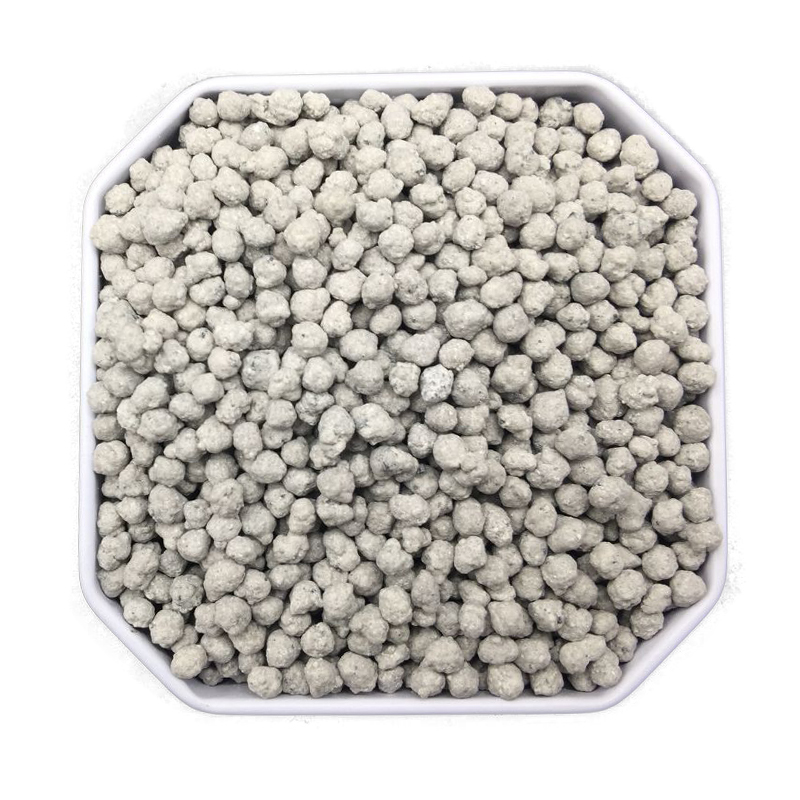
12-р сар . 05, 2024 16:50 Back to list
Understanding the Benefits and Uses of Diammonium Phosphate Fertilizer for Agriculture
Understanding Diammonium Phosphate (DAP) Fertilizer A Key to Agricultural Productivity
Diammonium phosphate (DAP) is one of the most widely used nitrogen-phosphorus fertilizers in the world. With its high nutrient content, DAP plays a critical role in enhancing agricultural productivity and ensuring food security. This article explores the composition, benefits, application methods, and environmental considerations associated with DAP fertilizer.
Composition and Nutrient Profile
DAP fertilizer is a granular compound that contains two essential nutrients nitrogen (N) and phosphorus (P). Typically, DAP has a nutrient analysis of 18-46-0, indicating that it comprises 18% nitrogen and 46% phosphorus pentoxide (P2O5). This nutrient profile makes DAP an attractive option for crops that require high phosphorus levels during their early growth stages. The nitrogen component promotes healthy vegetative growth, while phosphorus is crucial for root development, flower, and seed formation.
Benefits of DAP Fertilizer
One of the primary advantages of using DAP fertilizer is its ability to promote early seedling growth, which can lead to increased crop yields. The high phosphorus content facilitates better root development and enhances the plant's ability to absorb water and nutrients from the soil. This is particularly important in the early stages of crop growth when plants are most vulnerable.
Moreover, DAP is highly soluble in water, which allows for quick nutrient uptake by plants. This rapid availability of nutrients can significantly improve crop establishment, especially in nutrient-deficient soils. DAP also aids in improving soil structure and microbial activity, further enhancing nutrient availability.
Another benefit of DAP is its versatility. It can be used for a variety of crops, including grains, vegetables, and fruits. Farmers can apply it in different ways—through broadcasting, banding, or as part of a starter fertilizer mixture—making it adaptable to different farming practices and soil conditions.
Application Methods
diammonium phosphate dap fertilizer

The application of DAP fertilizer can be tailored to meet the specific requirements of various crops and soil types. Broadcasting, which involves spreading the fertilizer evenly over the soil surface, is common. This method works best when applied before planting, allowing the nutrients to be incorporated into the soil through tillage and natural processes.
Banding is another effective method, where DAP is placed in close proximity to seed furrows. This approach minimizes nutrient loss and ensures that young plants have immediate access to essential nutrients. Fertigation, or applying fertilizer through irrigation systems, is also gaining popularity as it allows for precise nutrient management and efficient use of water resources.
Environmental Considerations
While DAP fertilizer has many benefits, it is essential to consider its environmental impact. Over-application of DAP can lead to nutrient runoff, which can contribute to water pollution and harmful algal blooms in freshwater systems. This phosphate runoff can disrupt aquatic ecosystems by promoting excessive algae growth, resulting in decreased oxygen levels and harming fish and other aquatic life.
To mitigate these environmental risks, it is crucial for farmers to follow best management practices regarding the timing, rate, and method of DAP application. Conducting soil tests before fertilization can help determine the specific nutrient needs of the crops, allowing for more targeted and efficient fertilizer use.
Additionally, integrating DAP with practices such as crop rotation, cover cropping, and reduced tillage can enhance soil health and reduce reliance on chemical fertilizers, ultimately leading to more sustainable agricultural systems.
Conclusion
Diammonium phosphate fertilizer is a vital tool in modern agriculture, contributing to the successful cultivation of crops and playing a significant role in global food production. With its high nutrient content and versatile application methods, DAP supports enhanced plant growth and productivity. However, it is essential for farmers to use DAP responsibly and sustainably to mitigate environmental concerns. By adopting best practices in fertilizer management, the agricultural community can continue to benefit from the advantages of DAP while protecting our ecosystems for future generations.
-
Premium Organic Manure Compost for Eco Gardens
NewsAug.01,2025
-
Organic 10-10-10 Fertilizer | Balanced Plant Nutrients
NewsJul.31,2025
-
Premium Amino Acid Fertilizer | Rapid Plant Growth Booster
NewsJul.31,2025
-
10 10 10 Fertilizer Organic—Balanced NPK for All Plants
NewsJul.30,2025
-
Premium 10 10 10 Fertilizer Organic for Balanced Plant Growth
NewsJul.29,2025
-
Premium 10 10 10 Fertilizer Organic for Balanced Plant Growth
NewsJul.29,2025
